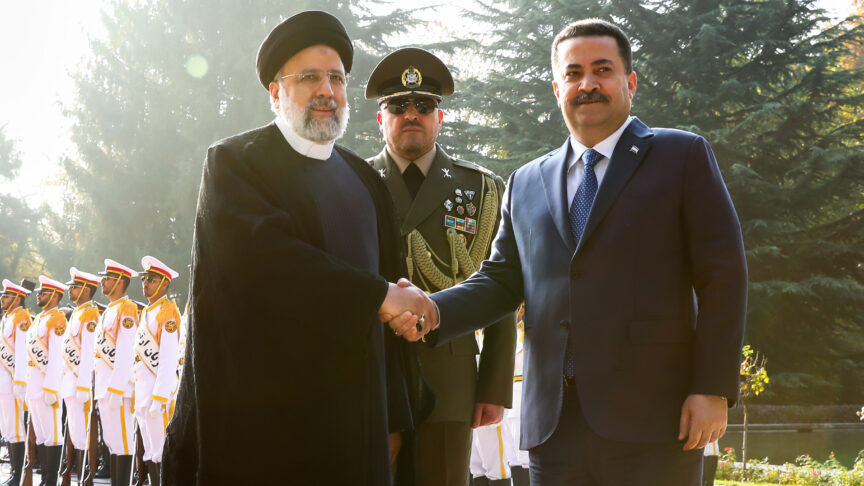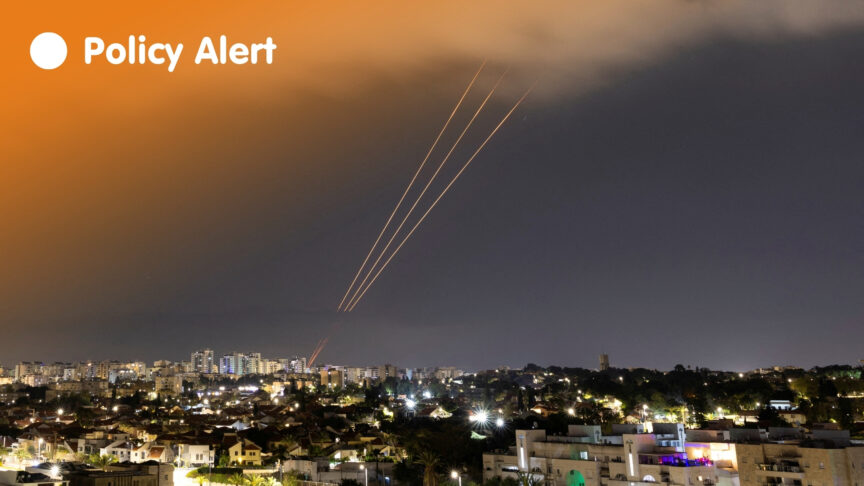Saving Syria’s ceasefire
Despite its limitations, the current US-Russian brokered ceasefire offers the best chance of moving the Syria conflict towards a poltiical resolution
A month and a half into a US-Russian initiated cessation of hostilities in Syria, the gains have been more significant than anyone could have imagined.
While breaches have occurred on an almost daily basis, levels of violence have fallen dramatically and important – though far from sufficient – channels for humanitarian aid have opened. A return to some normality in parts of the country previously subject to devastating conflict represents huge progress. And it is a development that has demonstrated some ability from external players to cut a deal and enforce it on the groups they support within Syria.
The decrease in violence has simultaneously empowered non-violent civil activism, including a wave of new anti-regime protests, sending a powerful message that a third force, aligned with neither the regime nor jihadist fighters could regain influence if violence ebbs and that the political process will not end even if the war does. Significantly the ceasefire has sharpened differences in some areas between the mainstream opposition and the al-Qaida affiliate Jabhat al-Nusra. It has also allowed both rebels and regime to fix their guns on ISIS which has suffered some of its most important territorial losses to date in Syria, challenging the commonly-held assumption that there can be no progress in the fight against ISIS so long as Assad remains in power in Damascus.
The situation now risks a rapid unravelling and a spiral of renewed violence from which it could take years to find a new deal-making track
Over recent days, however, the ceasefire has come under unprecedented pressure, with a surge of fighting around Aleppo in particular threatening to collapse the entire truce. A Nusra supported opposition advance to the south of the city has been met by a fierce and wider regime response, backed by both Russia and Iran. The situation now risks a rapid unravelling and a spiral of renewed violence from which it could take years to find a new deal-making track. Both sides have partly used the ceasefire to regroup and resupply and with US officials touting a possible military plan B if the ceasefire collapses, Syria could be set for a new round of devastating escalation.
It seems highly unlikely that renewed fighting will finally tip the balance in favour of one side or somehow recalibrate the calculations of genuine political negotiations in a manner that previous efforts have continuously failed to achieve. The more likely scenario is that all hell breaks loose once again: Syrian suffering intensifies anew and the political progress and accompanying gains that have played out on the ground over the last month are completely neutralised.
For ISIS, meanwhile, a renewal of fighting between non-ISIS protagonists would be a godsend, relieving recent pressure and giving the group space to dig in. The recent fighting between rebels and the regime has already allowed ISIS to make gains in Northern Aleppo.
To this backdrop outside powers urgently need to refocus their efforts on saving the ceasefire, moving away from the forlorn hope that intra-Syrian talks set to begin again in Geneva this week can deliver the political breakthrough needed to sustain the truce. While everyone wants Syrian ownership of a peace process – and recognises that without Syrian buy-in no deal can ultimately hold – these talks are almost certainly doomed to failure given the zero-sum ambitions still motivating both sides, namely over the fate of Bashar al-Assad.
It was international diplomatic efforts that delivered the unlikely ceasefire in the first place and these efforts should now explore a process of devolution, offering increased local empowerment as the way around the Assad impasse. Any hope of sustaining the ceasefire rests on the need for a meaningful political horizon but the reality is that there is next to no chance of a desired near term transition away from Assad given the ongoing commitment of the regime, Iran – and, in all likelihood, Russia – to his position. The priority of maintaining the ceasefire should not be undermined by efforts to micromanage this unattainable goal.
Instead, external powers should press Syrian actors to focus on a geographical power-sharing agreement based on existing facts on the ground. Cementing enhanced localised autonomy would aim to incentivise ongoing local buy in to the ceasefire.
Clearly this effort will have to involve continued international military efforts against Islamic State, as well as, more trickily, Jabhat al-Nusra whose alliance with some more moderate opposition groups has been used by Russia to justify ongoing military activities. There is also likely to be ongoing competition for areas vacated by ISIS with a possible race for Raqqa looming. Given these tensions, any ceasefire is unlikely to hold across the whole country – as is now being seen. But the aim should be to solidify de-escalatory pockets of stability where possible through the devolution of power, with the aim of anchoring an ongoing ceasefire. This deepening freeze of the conflict could, in time, open the door to more meaningful intra-Syria talks than is currently possible.
This approach will leave many people unhappy. Syrian President Bashar al-Assad will maintain control of much of Damascus, the central cities and the coastal belt. For their part, the rebels would secure uncontested local control over southern Syria, pockets around the capital city and the central belt, much of the northwest of the country, as well as east Aleppo, which is at threat of a devastating siege if the current ceasefire collapses. But this approach may offer one of the few viable ways of sustaining key areas of the ceasefire.
In the end, a localised approach that acknowledges realities on the ground may represent the only viable framework able to hold the whole country together
Paradoxically, the devolution of power may help prevent the break-up of the country. Most Syrians who are fighting reject partition, but continued conflict may turn the deep desire for autonomy into grudging acceptance of division. In the end, a localised approach that acknowledges realities on the ground may represent the only viable framework able to hold the whole country together.
It’s also not necessarily an impossible task, though clearly it will be immensely difficult. The ceasefire has demonstrated that external players have at least some ability to enforce a deal on the groups they support within Syria. Moscow clearly reined in the regime’s initial desire to press on with the military fight and even as it now supports some military fronts, Russia has indicated that this will not be an expansive effort.
Moscow continues to voice support for a negotiated solution and has hinted at a willingness to work towards a decentralised approach. It may well accept this track as a means of consolidating its gains and moving toward a realistic exit strategy. Moscow knows that the alternative is a long-term insurgency. The United States and European states need to test Russia on this, while pressing the point that unless it curtails new regime offensives and pushes for agreed humanitarian access the situation will become unsustainable.
These countries will have to rally other Middle Eastern actors behind the effort. This will not be an easy sell. Saudi Arabia has reaffirmed its determination to see Assad removed at the beginning of any process. Initial efforts should focus on persuading Turkey, given that its control of Syria’s northern border makes it the pivotal regional actor. Ankara is at this point more concerned with Syrian Kurdish ambitions than with Assad. This gives the US and Europe leverage if they can carefully calibrate their support to the Kurds. On the other side, Iran and Hezbollah – key Assad backers – could be more willing partners than many expect. Despite recent support of regime efforts around Aleppo both may see devolution as a better means of securing core interests than ongoing conflict.
In the end, despite its evident weaknesses, the current ceasefire effort represents the first meaningful opening in four years to decrease levels of violence and shift the conversation towards a political track. Western actors should be determined to ensure that these gains are preserved and urgently need to press forward with an approach aimed at saving the ceasefire. A devolutionary direction may represent the necessary path forward.
The European Council on Foreign Relations does not take collective positions. ECFR publications only represent the views of their individual authors.


